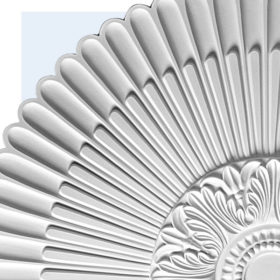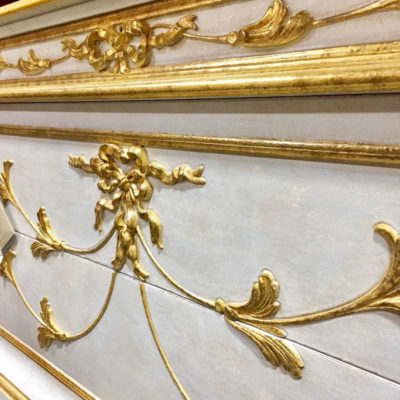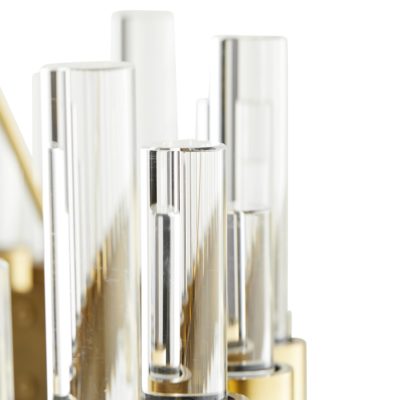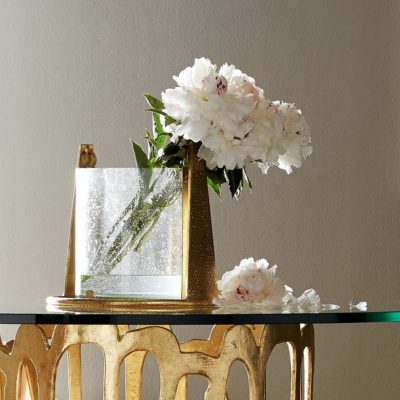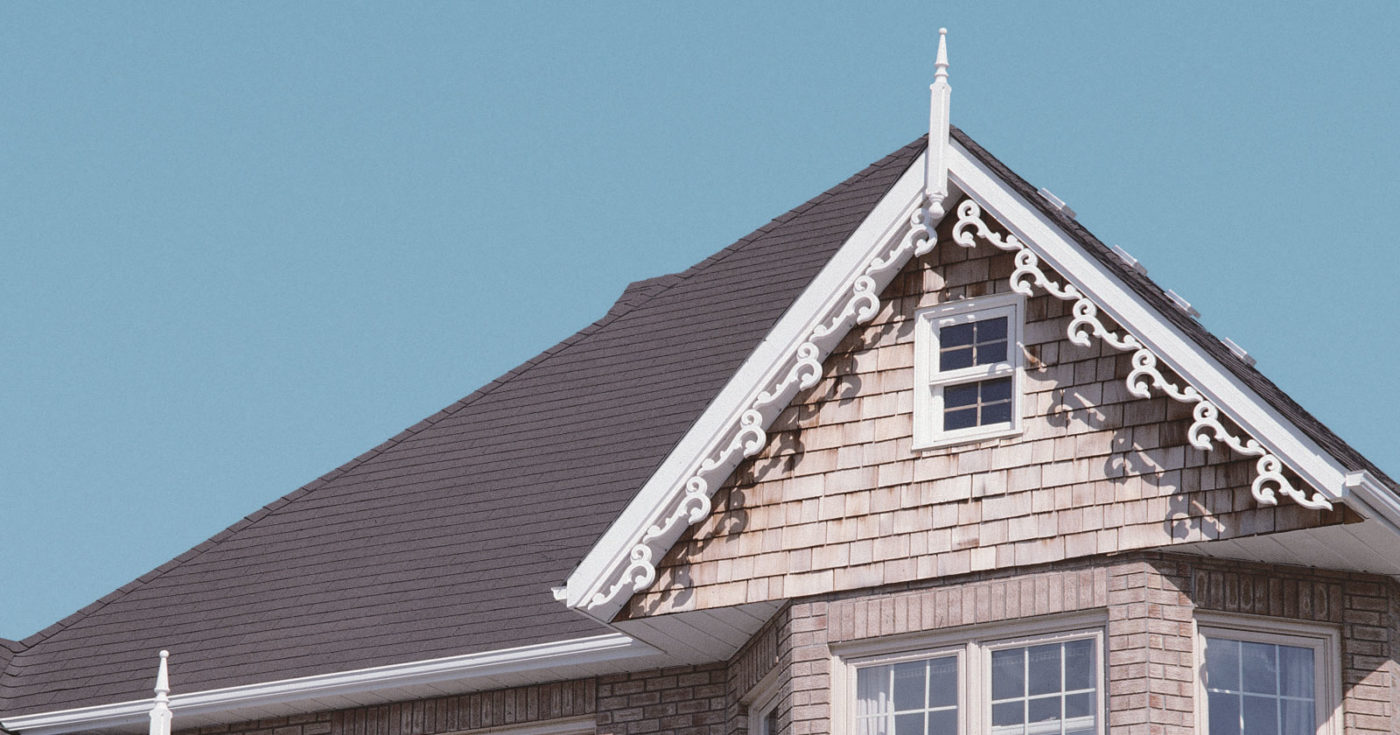Queen Anne Style (1860-1910)
Queen Anne style was also extremely popular during the Victorian period, and wonderful examples can be found on the East and West coast and nearly every place in between. One reason for this popularity was the mail-order availability of the Queen Anne-style designs. Even though these structures were complicated, all of the parts could be precut and shipped by rail.
Distinctive Elements Of Queen Anne Style Houses.
Queen Anne-style houses were large, old structures that had numerous angles. The roofs were made up of a cacophony of steep gables and hips, wide overhangs, anQueen Anne Style Houses dormers. Walls in this particular style were loaded with entry porches, towers, bay windows, and prominent chimneys. Building materials similarly varied; wood clapboards, cedar shingles, brick, stone, and stucco were all used often in a single structure.
Large, inner-city models were more characteristic of the Queen Anne style; however, smaller houses of this fashion sprung up in rural areas, in tight urban plots, and in practically every small town in the country. These versions had less complicated roofs, fewer material textures, no towers, and a single bay window instead of four or five.
Windows were large pane, double-hung models. Inexpensive houses, stained glass was used as a design accent in some of the sashes, particularly in windows on the first floor. Often, entry doors had large panes of glass of etched or frosted glass in place of the standard, wood panels.
Color Dominates.
With the emergence of the Victorian era came a forceful goodbye to the Greek Revival-style stark white house. Instead, bright colors prevailed. It was common to have six or seven different colored paints on a large Queen Anne. Another common decorative element was the use of spindles on the outside of the house. Porch columns and balusters were invariably turned into spindles, as were porch friezes (just below the ceilings) and gable decorations.
Color can play a big part in the overall look of your trim installation. Have you ever seen those Victorian-style “gingerbread” houses – the ones that look like life-sized dollhouses? Those are very colorful examples, and you can undoubtedly go “hog wild” with the colors. On the other hand, you can create a subtle contrast by painting the trim in a color that compliments your house color. The effect is similar but more understated.
Don’t make the mistake of thinking that if your house does not have a wood exterior or have wood-look vinyl siding that Victorian trim won’t work. Sure, you have to consider the exterior material, but don’t abandon the thought of adding a little elegance even if your home is stucco, stone or brick. Small touches of trim can make a big statement.
Other creative uses for Victorian trim include adding a “skirt” around the edge of an outdoor table, beverage cart or plant stand, topping a wood fence or trellis – you can even trim Fido’s domicile with the same trim for a coordinated look. Bring the elegance of the Victorian era to your home. Open your mind to the possibilities.

